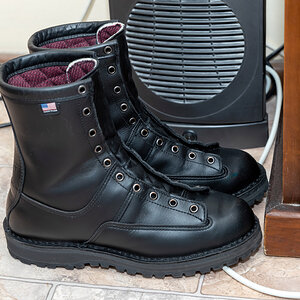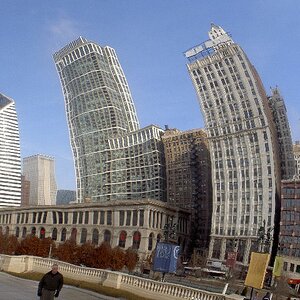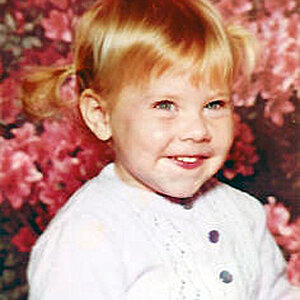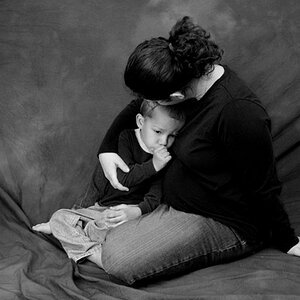Stosh
TPF Noob!
- Joined
- Jul 18, 2009
- Messages
- 203
- Reaction score
- 0
- Location
- Lancaster, PA
- Can others edit my Photos
- Photos OK to edit
I'm going to admit up front that the main reason for this post is for landscape lighting, but the concepts are the same for photography, maybe closer to video lighting. But pose this question to landscaping people and I get funny looks. At least people in this hobby are constantly thinking about lighting angles/techniques.
But pose this question to landscaping people and I get funny looks. At least people in this hobby are constantly thinking about lighting angles/techniques.
My goal is to illuminate snow and/or rain while it's falling through the air at night. It sounds simple, but if you've ever tried to do it in a photo, it can be quite frustrating.
A single light (like a flash) directly on your camera makes close snowflakes much, much brighter than those at a distance.
Top lighting pointing down can illuminate too much snow already on the ground, therefore reducing or eliminating the desired high contrast of white snow on a dark background.
Bottom lighting shooting up may shine directly into the camera (or your eyes) causing an undesirable effect. I suppose the light could be shielded or directed slightly away from the viewer.
One thought is to do similar to the front flash, but have the light source at a distance. Light shining directly away from your eye theoretically would bounce the most back to your eye.
For macro and portrait work, ring lights do very well for lighting subtle features. I don't know that you can see features on a snowflake or raindrop since we're not looking at one individually so I'm not sure if this type of lighting would be advantageous or not.
At this point I'm leaning more towards the "wall of light" or simulated ring light ideas. The light would have several/many sources and have to be mostly shielded from coming back to the viewer. It would also have to be mostly shielded from hitting the ground and other plane (not plain) objects like walls that might take away from the contrast.
I'd love to hear some ideas or suggestions.
My goal is to illuminate snow and/or rain while it's falling through the air at night. It sounds simple, but if you've ever tried to do it in a photo, it can be quite frustrating.
A single light (like a flash) directly on your camera makes close snowflakes much, much brighter than those at a distance.
Top lighting pointing down can illuminate too much snow already on the ground, therefore reducing or eliminating the desired high contrast of white snow on a dark background.
Bottom lighting shooting up may shine directly into the camera (or your eyes) causing an undesirable effect. I suppose the light could be shielded or directed slightly away from the viewer.
One thought is to do similar to the front flash, but have the light source at a distance. Light shining directly away from your eye theoretically would bounce the most back to your eye.
For macro and portrait work, ring lights do very well for lighting subtle features. I don't know that you can see features on a snowflake or raindrop since we're not looking at one individually so I'm not sure if this type of lighting would be advantageous or not.
At this point I'm leaning more towards the "wall of light" or simulated ring light ideas. The light would have several/many sources and have to be mostly shielded from coming back to the viewer. It would also have to be mostly shielded from hitting the ground and other plane (not plain) objects like walls that might take away from the contrast.
I'd love to hear some ideas or suggestions.












![[No title]](/data/xfmg/thumbnail/31/31750-f3936d67895e1ef2756eb06d7b15fe9c.jpg?1619734990)

